Dolphins In Captivity
Dolphins are still being born in captivity to this day Captive killer whales and dolphins are forced to live their entire lives in awful conditions Orca breeding is currently ongoing in China Interest in dolphinarium marine parks like SeaWorld has started to rise again. Dolphins in the wild may swim up to 40 or 50 miles in a day and can dive to depths of hundreds of feet.
Did You Know Dolphin Shows Are Part Of A Captivity Industry By Marilyn Regan Age Of Awareness Medium
Whether in a captive dolphin experience at a marine park jumping through hoops or at a research institute performing monotonous tasks the sale of dolphins for these purposes has proven to be very lucrative.
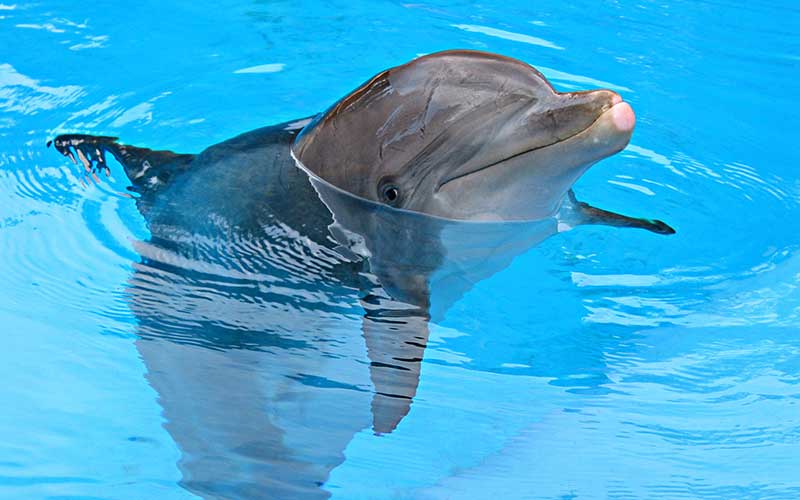
Dolphins in captivity. In reality captive breeding is just a way produce more animals who can be exploited for tourist entertainment. RSPCA Australia recognises that some animals have complex social physical or behavioural needs which are extremely difficult to provide for in captivity. While trade in dolphins is internationally regulated other aspects of keeping dolphins in captivity such as the minimum size and characteristics of pools vary among countries.
An aquarium dolphin leaps out of its tank in a seemingly desperate attempt to escape captivity. The most common species of dolphin kept in dolphinariums is the bottlenose dolphin as it is relatively easy to train and has a long lifespan in captivity. To justify captive breeding most venues misleadingly claim to be involved in conservation.
Even more pragmatically marine parks are driven by demand. The study included two captive-born dolphins. TALKING APES Experts Discuss Dolphins in Captivity This engaging and informative 13-minute educational podcast is suitable for all ages and countries.
It is important to understand that dolphins in the oceans are used to travel long distances some species up to 200 kilometres a day. Those opposing to dolphinariums argue that people learn little about dolphins and just focus on the show which has little to do with dolphins lives in the seas. Most dolphins in captivity dont have the opportunity to swim or live in the wide expanse of the ocean do not get to live with their own family or experience living in a pod with its dynamic structure do not learn to fend for themselves or survive on their own and dont get to develop their echolocation abilities or stimulate their intelligence to near the extent as their wild species members.
Dolphins living in captive conditions face circumstances vastly different than those of the ocean. Dolphins are marine mammals belonging to the group known as cetaceans which also includes whales orcas and porpoises. Even in the largest captive facilities dolphins have access to less than 110000 of 1 0000001 of the space available to them in their natural environment.
In nature belugas can live up to 60-70 years bottlenose dolphins up to 50-60 years and orcas up to 70 or 90 years- females live longer than males. Because of this dolphins in captivity are often restricted to swimming in circles. The captivity industry is responsible for making dolphins and whales into money-making commodities and it contributes to the sense that these animals are here to be controlled by us.
High school students can listen in to hear a number of views from people working in the field. Many captive dolphins are regularly treated with ulcer medication or antidepressant medication to. The dolphins indicated they were aware the mirror was a reflection of themselves by exploring the marked areas of their bodies in the reflections.
In aquaria dolphins rarely. Dolphins in Captivity Unfortunately dolphins used for entertainment and scientific research are big business. The surroundings are bare and sterile with little mental stimulation or diversion.
Bottlenose dolphins are six times more likely to die immediately after capture from the wild. In captivity many cetaceans die young and life expectancy in general might be reduced by half. Their bodies were marked and then they were given the opportunity to observe themselves in a reflective surface.
Dolphins in captivity live in small tanks.
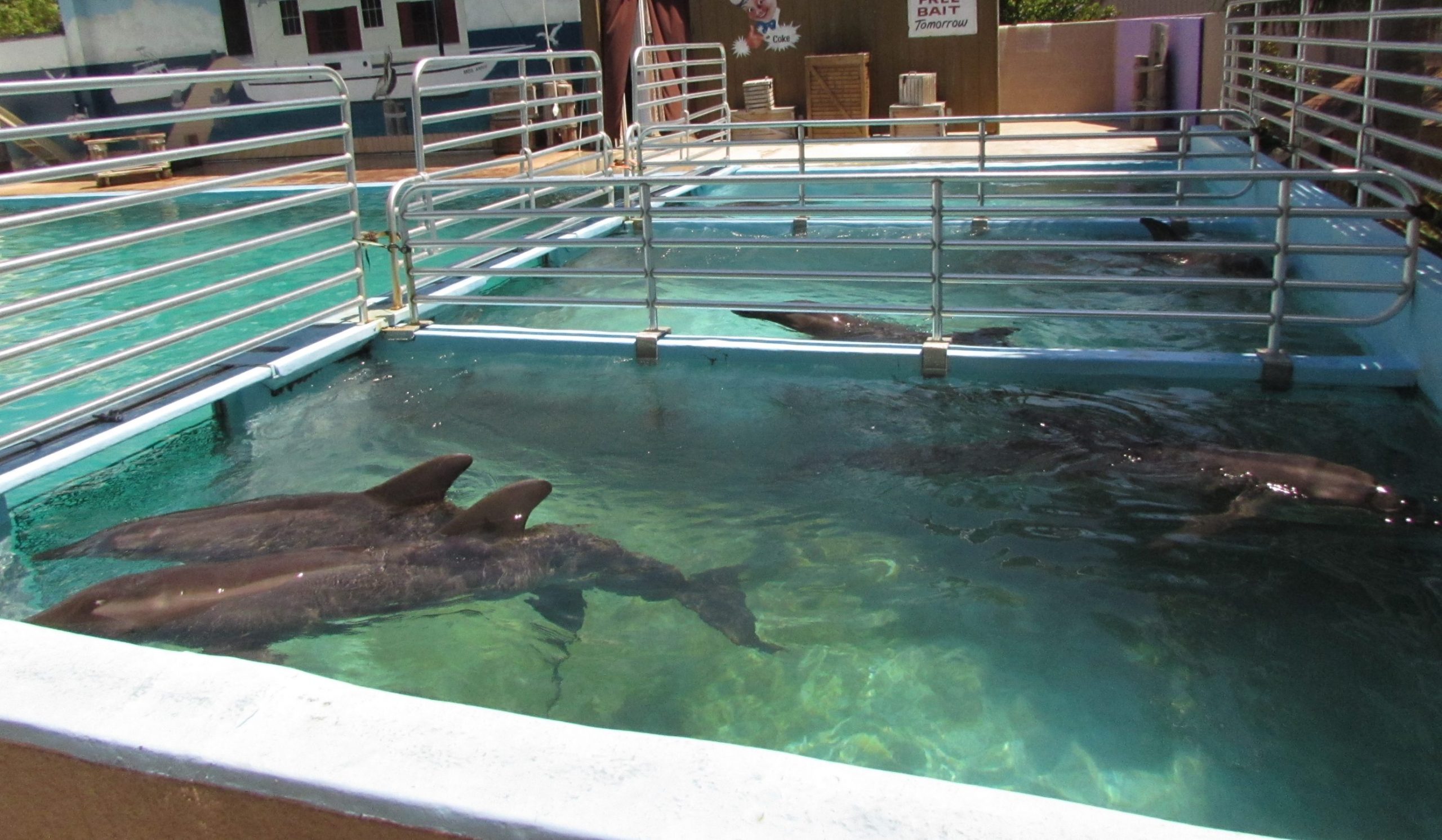 Swimming With Captive Dolphins Dolphin Project
Swimming With Captive Dolphins Dolphin Project
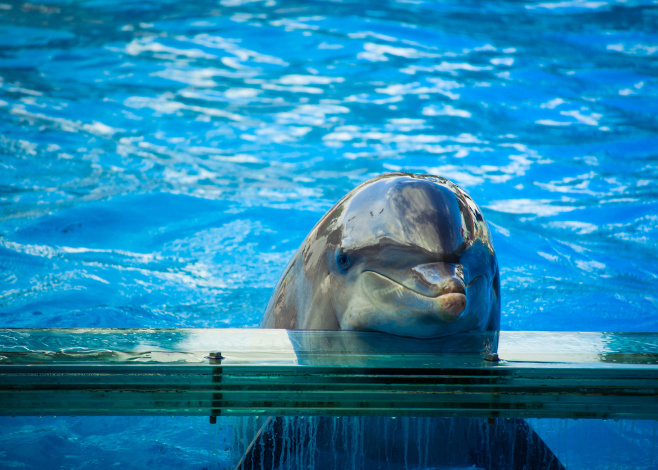 Dolphins In Captivity Scuba Diver Life
Dolphins In Captivity Scuba Diver Life
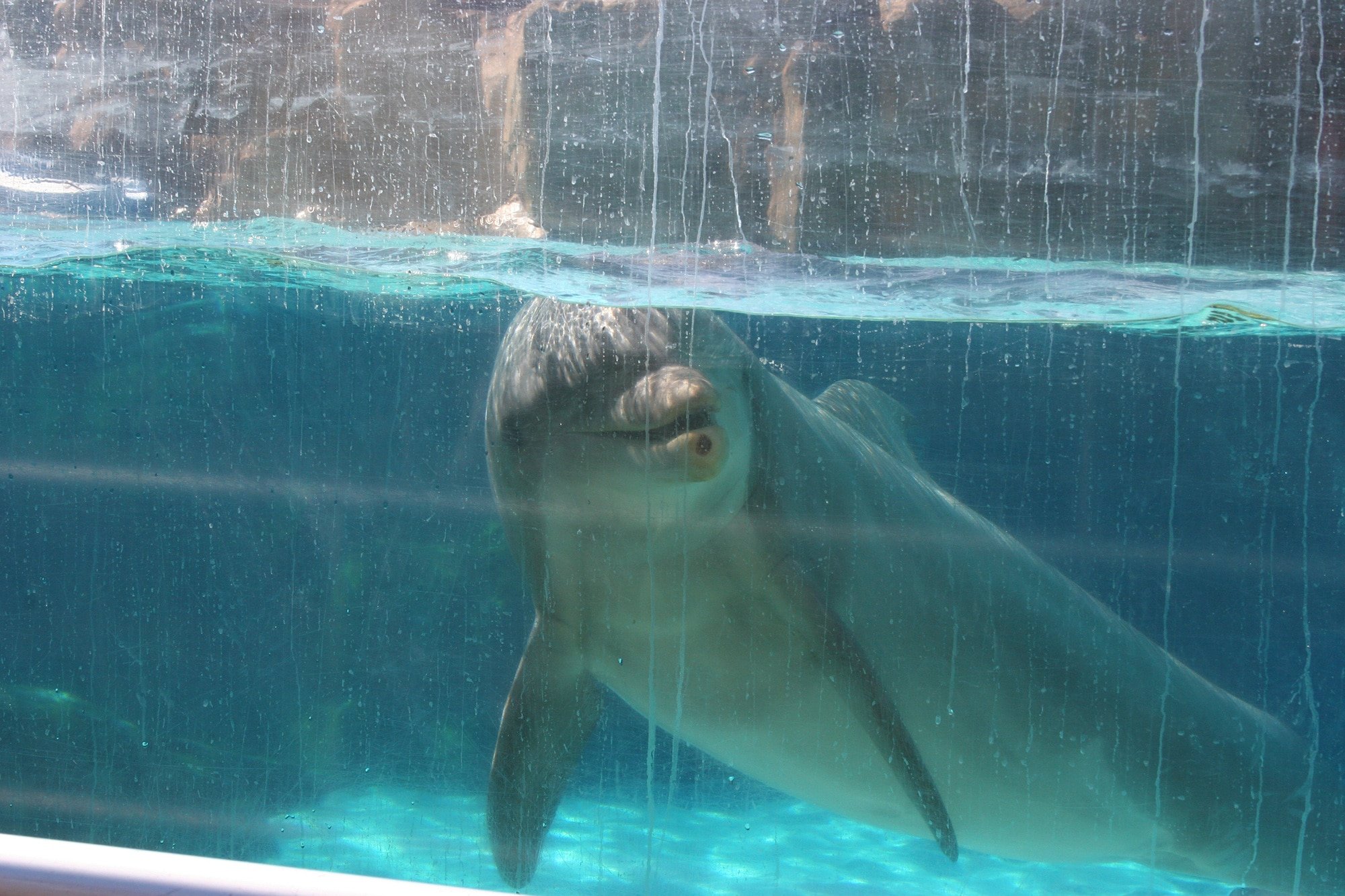 How Long Do Bottlenose Dolphins Survive In Captivity Whale And Dolphin Conservation
How Long Do Bottlenose Dolphins Survive In Captivity Whale And Dolphin Conservation
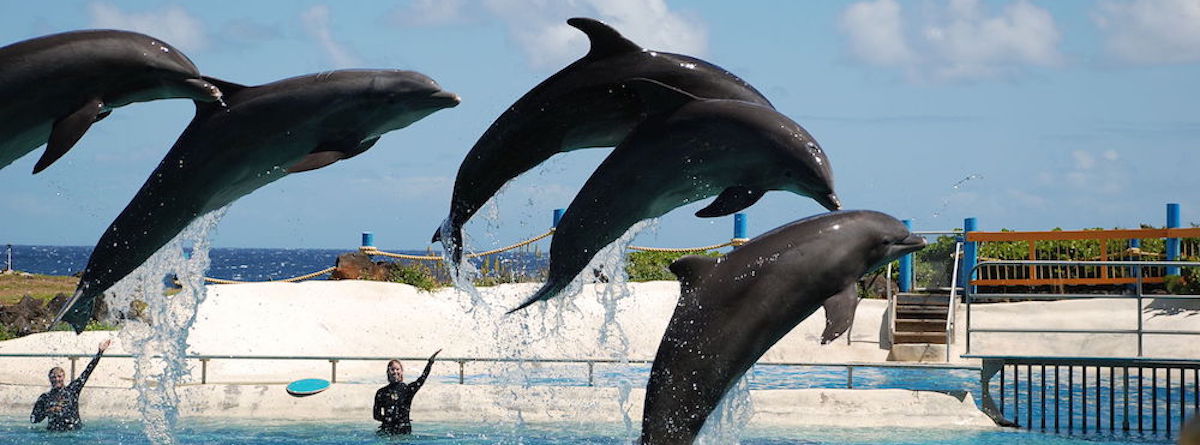 Facts About Dolphin Captivity Dolphin Project
Facts About Dolphin Captivity Dolphin Project
 Canada Bans The Captivity Of Whales Dolphins And Porpoises For Entertainment World Animal Protection
Canada Bans The Captivity Of Whales Dolphins And Porpoises For Entertainment World Animal Protection
 Are Dolphins In Captivity Emotionally And Physically Healthy Brookfield Zoo Researchers Hope To Find Out Chicago Tribune
Are Dolphins In Captivity Emotionally And Physically Healthy Brookfield Zoo Researchers Hope To Find Out Chicago Tribune
 Dolphins In Captivity Have Nothing To Smile About World Animal Protection
Dolphins In Captivity Have Nothing To Smile About World Animal Protection
 Dolphins In Captivity Dolphin Facts And Information
Dolphins In Captivity Dolphin Facts And Information
 Captivity Kills False Killer Whale Kina Is The 141st Cetacean To Die At Sea Life Park Hawaii One Green Planet
Captivity Kills False Killer Whale Kina Is The 141st Cetacean To Die At Sea Life Park Hawaii One Green Planet
 Study Measures Happiness Of Captive Dolphins Holidogtimes
Study Measures Happiness Of Captive Dolphins Holidogtimes
News Four Captive Dolphins Die In Arizona Within Two Years International Marine Mammal Project
News Taiji Plans Big Future On The Backs Of Captive Dolphins International Marine Mammal Project


Comments
Post a Comment